Coriolis flow meter has revolutionized the field of mass flow measurement, offering unparalleled accuracy and reliability across various industries. This comprehensive guide delves into the history, working principles, tube designs, accuracy, rangeability, sizing considerations, advantages, limitations, and applications of Coriolis flow meters.
جدول المحتويات
Case Studies of Coriolis Flow Meters
Case Analysis of Coriolis Mass Flow Meter for Deionized Water Measurement
مقاييس التدفق في إنتاج بطاريات الليثيوم: التطبيقات الرئيسية ومتطلبات الصناعة
تاريخ موجز لقياس التدفق الشامل ومقياس تدفق كوريوليس
يعود تاريخ البحث عن قياس التدفق الدقيق إلى قرون مضت، حيث اعتمدت الطرق المبكرة على القياسات الحجمية. ومع ذلك، غالبًا ما يقصر قياس التدفق الحجمي عند التعامل مع السوائل ذات الكثافات ودرجات الحرارة والتركيبات المختلفة. أصبحت الحاجة إلى قياس التدفق الكتلي المباشر واضحة، خاصةً في الصناعات التي تكون فيها الجرعات الدقيقة وتركيبات الخليط أمرًا بالغ الأهمية.
في سبعينيات القرن العشرين، تم تطوير أول مقياس تدفق كوريوليس العملي، مستفيدًا من تأثير كوريوليس - وهي ظاهرة فيزيائية وصفها لأول مرة غاسبارد-غوستاف دي كوريوليس في عام 1835. كانت هذه المقاييس المبكرة ضخمة ومكلفة، مما حد من اعتمادها في البداية. وعلى مر السنين، أدت التطورات التكنولوجية إلى تطوير مقاييس تدفق كوريوليس أكثر إحكامًا ودقة وبأسعار معقولة، مما جعلها عنصرًا أساسيًا في صناعات مثل النفط والغاز والمعالجة الكيميائية والأغذية والمشروبات والمستحضرات الصيدلانية.
مبادئ مقياس تدفق كوريوليس: كيف يعمل؟
ما هو مقياس تدفق كوريوليس؟
جهاز قياس التدفق كوريوليس هو جهاز قياس تدفق عالي الدقة يقيس معدل التدفق الكتلي للسائل مباشرة، بدلاً من قياس معدل التدفق الحجمي. على عكس مقاييس التدفق التقليدية، لا تعتمد مقاييس كوريوليس على سرعة المائع أو القياس الحجمي؛ وبدلاً من ذلك، فإنها تعمل على أساس مبادئ تأثير كوريوليس. يسمح هذا التأثير لمقياس كوريوليس بقياس التدفق الكتلي مباشرة، مما يجعله مفيدًا بشكل خاص في التطبيقات التي يمكن أن تؤثر فيها تغيرات الكثافة واللزوجة ودرجة الحرارة على دقة القياس.
فهم تأثير كوريوليس

تأثير كوريوليس هو انحراف الأجسام المتحركة عند النظر إليها في إطار مرجعي دوّار. في سياق قياس التدفق، يتم تسخير هذا التأثير عن طريق اهتزاز أنبوب التدفق الذي يمر من خلاله المائع. عندما يتحرك المائع عبر الأنبوب الاهتزازي، فإنه يسبب تغيرًا في نمط الاهتزاز بسبب قوى القصور الذاتي المؤثرة على المائع - وهذا هو تأثير كوريوليس في العمل.
آلية العمل
- اهتزاز الأنبوب: تقوم وحدة محرك كهرومغناطيسي بذبذبة أنبوب التدفق بتردده الطبيعي. يحدث هذا الاهتزاز عمودياً على اتجاه تدفق المائع.
- تدفق السوائل عبر الأنبوب الاهتزازي: عندما يدخل السائل إلى الأنبوب الاهتزازي، يبدأ بالتفاعل مع اهتزاز الأنبوب.
- اكتشاف إزاحة الطور: تكتشف المستشعرات الموجودة عند مدخل الأنبوب ومخرجه الفرق الزمني (إزاحة الطور) بين الاهتزازات عند هاتين النقطتين.
- حساب معدل التدفق الكتلي: يتناسب إزاحة الطور طرديًا مع معدل السريان الكتلي للسائل. كلما زاد التدفق الكتلي، زاد إزاحة الطور. وتحسب إلكترونيات مقياس التدفق معدل التدفق الكتلي بناءً على هذا الإزاحة الطورية.
- قياس الكثافة ودرجة الحرارة: تقيس العديد من مقاييس تدفق كوريوليس أيضًا كثافة السائل من خلال تحليل التغيرات في تردد الاهتزاز، وكذلك درجة الحرارة باستخدام مستشعرات درجة الحرارة المدمجة. وهذا يسمح بإجراء حسابات إضافية، مثل معدل التدفق الحجمي وتحليل تركيب المائع.
تصاميم أنبوب مقياس التدفق كوريوليس
تأتي مقاييس تدفق كوريوليس في تصميمات أنابيب مختلفة، كل منها مناسب لتطبيقات محددة:
1. أنابيب على شكل حرف U

الوصف: تتميز بأنبوب واحد أو أكثر على شكل حرف U.
المزايا:
- حساسية عالية بسبب الإزاحة الأكبر الناتجة عن شكل حرف U.
- فعالة لقياس معدلات التدفق المنخفضة.
القيود:
- تصميم أكثر ضخامة.
- انخفاض ضغط أعلى مقارنةً بالأنابيب المستقيمة.
اعتمادات الصور: إيمرسون
2. أنابيب على شكل حرف S (أوميغا)
الوصف: يشبه الحرف اليوناني أوميغا (Ω) أو شكل حرف S.
المزايا:
- تصميم مدمج مقارنةً بالأنابيب على شكل حرف U.
- يقلل الهيكل المتوازن من الضغط ويطيل عمر العداد.
القيود:
- أقل حساسية قليلاً من الأنابيب على شكل حرف U.
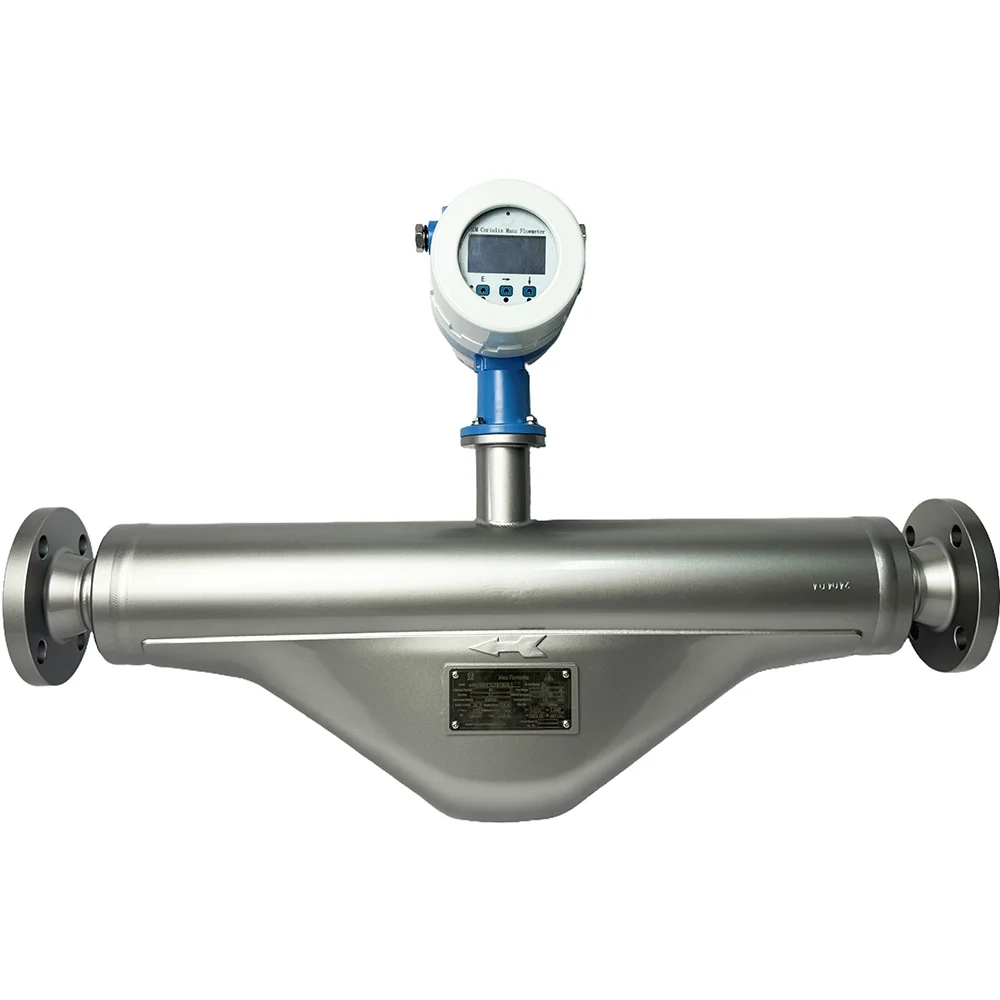
3. أنابيب مستقيمة

الوصف: تتكون من أنبوب واحد أو أنبوبين مستقيمين.
المزايا:
- الحد الأدنى من انخفاض الضغط.
- أسهل في التنظيف ومثالية للاستخدامات الصحية.
- انخفاض خطر الانسداد بالسوائل اللزجة أو المحملة بالجسيمات.
القيود:
- أقل حساسية عند معدلات التدفق المنخفضة.
- قد يتطلب دعماً أكثر قوة لمنع الاهتزازات الخارجية.
4. أنابيب منحنية مزدوجة
الوصف: دمج أنبوبين منحنيين متوازيين.
المزايا:
- تحسين الحساسية والدقة.
- تقليل آثار الاهتزازات الخارجية.
القيود:
- يمكن أن يؤدي التصميم الأكثر تعقيداً إلى زيادة التكلفة.

دقة مقياس التدفق كوريوليس
تشتهر مقاييس تدفق كوريوليس بدقتها العالية في قياس التدفق الكتلي. نطاقات الدقة النموذجية هي:
- السوائل:: ± 0.1% إلى ± 0.2% من القراءة.
- الغازات:: ± 0.5% إلى ± 1.0% من القراءة.
العوامل المؤثرة في الدقة
- خواص السوائل: يمكن أن تؤثر اللزوجة والكثافة ودرجة الحرارة على القياسات، لكن مقاييس كوريوليس تعوض هذه الاختلافات بفعالية.
- ظروف التدفق: يمكن أن تؤدي التدفقات الدوامة أو ملامح السرعة غير المتماثلة إلى حدوث أخطاء. يساعد التركيب السليم على تخفيف هذه المشكلات.
- الاهتزازات الخارجية: قد تتداخل الاهتزازات الصادرة من المعدات القريبة مع تشغيل جهاز القياس. قد تكون تدابير العزل أو التخميد ضرورية.
- التدفق على مرحلتين: يمكن أن يؤثر وجود فقاعات غازية في السوائل أو قطرات سائلة في الغازات على الدقة.
تعزيز الدقة
- المعايرة: تضمن المعايرة المنتظمة أن يحافظ المقياس على دقته بمرور الوقت.
- التركيب: اتباع إرشادات الشركة المصنعة للتركيب يقلل من الأخطاء المحتملة.
- الصيانة: تمنع عمليات الفحص والصيانة الروتينية تدهور الأداء.
قابلية نطاق مقياس تدفق كوريوليس
قابلية المدىوالمعروفة أيضًا باسم نسبة الهبوط، تشير إلى النطاق الذي يمكن لمقياس التدفق من خلاله قياس معدلات التدفق بدقة. وتوفر مقاييس التدفق كوريوليس قدرة ممتازة على قياس المدى، عادةً:
- نسب التراجع: ما يصل إلى 100:1 للسوائل، مما يعني أن الحد الأقصى لمعدل التدفق يساوي 100 ضعف الحد الأدنى لمعدل التدفق الذي يمكن للمقياس قياسه بدقة.
فوائد المدى العالي
- تعدد الاستخدامات: يمكن لمقياس واحد أن يغطي نطاقًا واسعًا من معدلات التدفق، مما يقلل من الحاجة إلى عدادات متعددة.
- فعالة من حيث التكلفة: انخفاض تكاليف التركيب والصيانة بسبب انخفاض عدد العدادات المطلوبة.
- مرونة العملية: مثالية للعمليات ذات معدلات التدفق المتغيرة.
تحجيم وانخفاض ضغط مقياس التدفق كوريوليس
اعتبارات التحجيم
يعد تحديد الحجم المناسب لمقياس تدفق كوريوليس أمرًا بالغ الأهمية لتحقيق الأداء الأمثل:
- معدل التدفق: يجب أن يكون حجم العداد مناسبًا للتعامل مع الحد الأقصى لمعدل التدفق المتوقع دون تجاوز سعته.
- خصائص السوائل: تؤثر اللزوجة والكثافة على تشغيل جهاز القياس ويجب أخذها في الاعتبار أثناء تحديد الحجم.
- شروط العملية: يمكن أن تؤثر ظروف درجة الحرارة والضغط على اختيار المواد وتصميم العداد.
انخفاض الضغط
- التعريف: انخفاض الضغط أثناء مرور السائل عبر مقياس التدفق.
- العوامل المؤثرة في انخفاض الضغط:
- تصميم الأنبوب: تؤدي الأنابيب المنحنية عمومًا إلى انخفاض ضغط أعلى من الأنابيب المستقيمة.
- معدل التدفق: تزيد معدلات التدفق الأعلى من انخفاض الضغط.
- لزوجة السوائل: تؤدي السوائل الأكثر لزوجة إلى انخفاض أعلى في الضغط.
- التخفيف:
- التحجيم المناسب: يمكن أن تقلل زيادة حجم المقياس من انخفاض الضغط ولكنها قد تؤثر على الدقة عند معدلات التدفق المنخفضة.
- اختيار الأنبوب: يمكن أن يؤدي اختيار تصميم الأنبوب المستقيم إلى تقليل انخفاض الضغط.
مزايا وقيود مقياس التدفق كوريوليس
| المزايا | القيود |
|---|---|
| – قياس التدفق الكتلي المباشر: لا حاجة لتعويض إضافي لدرجة الحرارة أو الضغط. | – ارتفاع التكلفة الأولية: أغلى من أنواع مقاييس التدفق الأخرى. |
| – دقة عالية: ممتاز لنقل العهدة والتطبيقات الحرجة. | – حساس للاهتزازات الخارجية: قد تتطلب اعتبارات التثبيت. |
| – القياس متعدد المتغيرات: يمكن قياس التدفق الكتلي والكثافة ودرجة الحرارة في وقت واحد. | – انخفاض الضغط: يمكن أن تكون كبيرة، خاصة في العدادات الأصغر ذات الأنابيب المنحنية. |
| – لا توجد أجزاء متحركة: صيانة منخفضة وعمر خدمة طويل. | – حدود الحجم: أقل عملية بالنسبة لأقطار الأنابيب الكبيرة جدًا. |
| – استقلالية السوائل: مناسبة للسوائل والغازات والعجائن. | – متطلبات التثبيت: يحتاج إلى مسارات أنابيب مستقيمة ودعم لتقليل الاهتزازات. |
تطبيقات مقياس تدفق كوريوليس
مقاييس تدفق كوريوليس هي أجهزة متعددة الاستخدامات تستخدم في مجموعة واسعة من الصناعات:
1. النفط والغاز
- نقل العهدة: High accuracy makes them ideal for transferring ownership of fluids, like oil flow meters.
- عمليات المزج: يضمن القياس الدقيق نسب الخلط الصحيحة.
- قياسات فوهة البئر: مناسبة للتدفقات متعددة المراحل مع تكوينات مناسبة.
2. الكيماويات والبتروكيماويات
- مراقبة التفاعل: قياس التدفق الكتلي الدقيق أمر بالغ الأهمية لقياس التكافؤ التفاعلي.
- معالجة الدفعات: يضمن اتساق جودة المنتج من خلال تحديد جرعات المكونات بدقة.
- السوائل المسببة للتآكل: المواد المتوافقة يمكن أن تتعامل مع المواد الكيميائية العدوانية.
3. المأكولات والمشروبات
- العمليات الصحية: تصميم الأنبوب المستقيم يسمح بسهولة التنظيف والتعقيم.
- قياس المكونات: جرعات دقيقة من النكهات والألوان والمواد المضافة.
- إنتاج المشروبات: مراقبة الشراب والمركزات.
4. المستحضرات الصيدلانية
- تحديد الجرعات الدقيقة: ضروري للمكونات الصيدلانية النشطة (APIs).
- التطبيقات المعقمة: تصاميم تفي بالمعايير الصحية.
- البحث والتطوير: دقة عالية تساعد في تحجيم العملية.
5. المياه ومياه الصرف الصحي
- الجرعات الكيميائية: القياس الدقيق للمواد الكيميائية المعالجة.
- مناولة الحمأة: مناسب لقياس الملاط بكثافات متفاوتة.
- مراقبة النفايات السائلة: الامتثال للوائح البيئية.
6. اللب والورق
- عوامل التبييض: قياس دقيق للمواد الكيميائية مثل الكلور والبيروكسيد.
- الطلاءات والمواد المضافة: يضمن اتساق جودة المنتج.
- معالجة الخمور السوداء: تتعامل مع السوائل عالية اللزوجة بفعالية.
يمثل مقياس التدفق كوريوليس قمة في تكنولوجيا قياس التدفق، حيث يوفر قياس تدفق الكتلة المباشر بدقة وموثوقية عالية. إن قدرتها على التعامل مع مجموعة واسعة من السوائل، من الغازات إلى السوائل اللزجة والعجائن تجعلها أداة لا تقدر بثمن في العديد من الصناعات. وعلى الرغم من أنها تأتي بتكاليف أولية أعلى واعتبارات تركيب معينة، إلا أن فوائدها غالبًا ما تفوق هذه القيود، خاصة في التطبيقات الحرجة التي تكون فيها الدقة أمرًا بالغ الأهمية.
سواء كنت تعمل في المعالجة الكيميائية، أو النفط والغاز، أو إنتاج الأغذية، أو أي صناعة تتطلب قياس تدفق دقيق، فإن فهم قدرات واعتبارات أجهزة قياس التدفق كوريوليس سيساعدك في اتخاذ قرارات مستنيرة لاحتياجات قياس التدفق لديك.

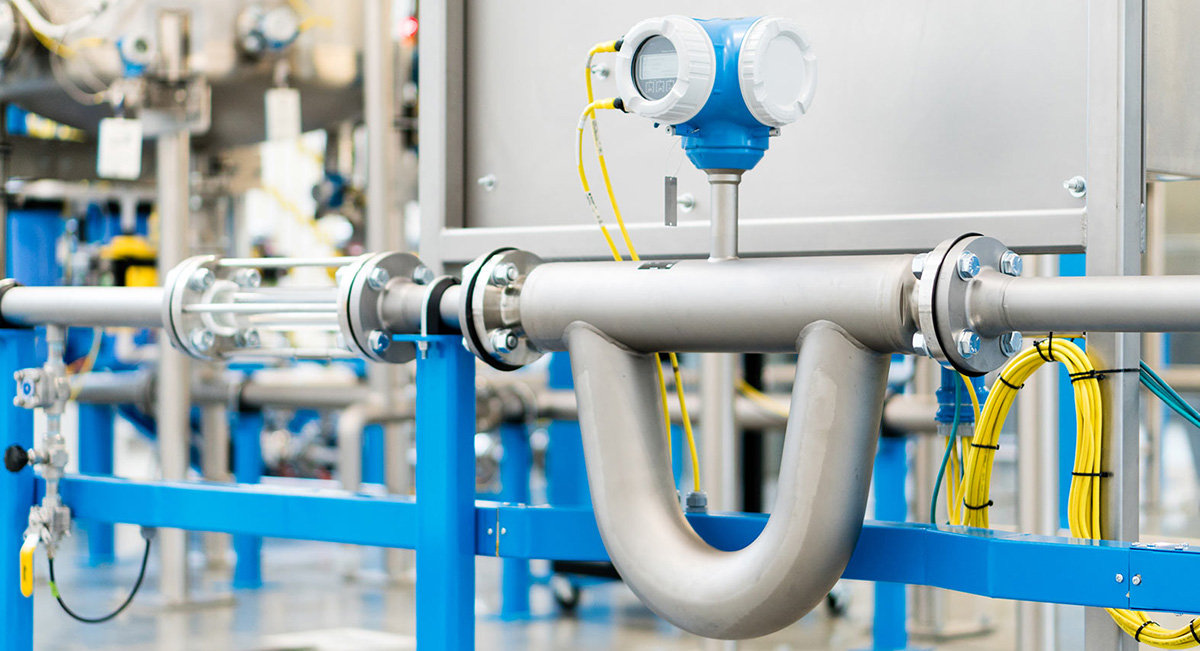
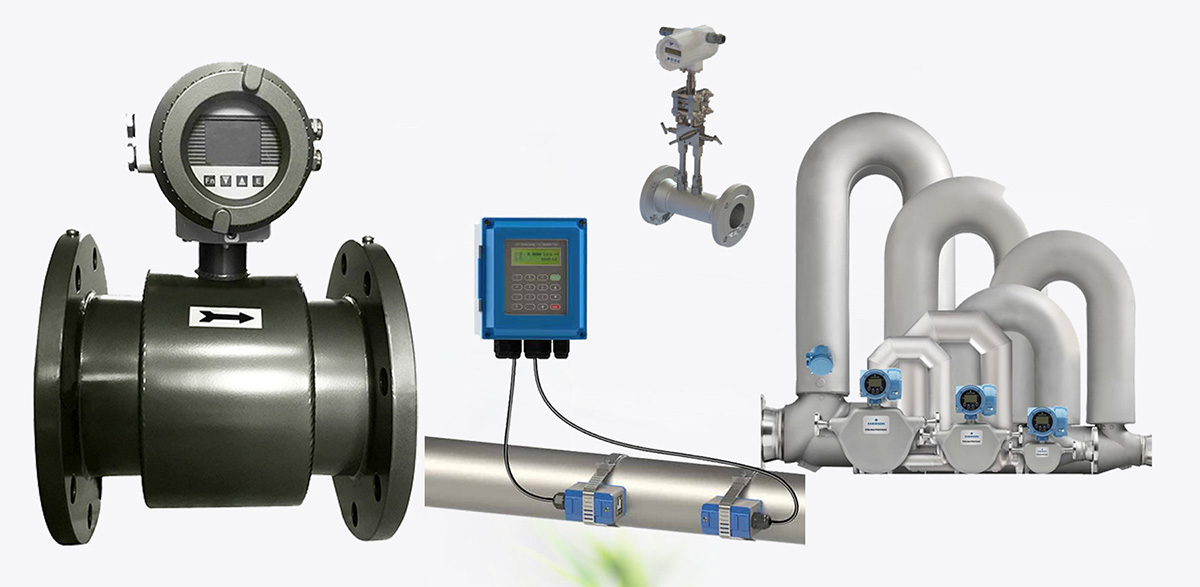
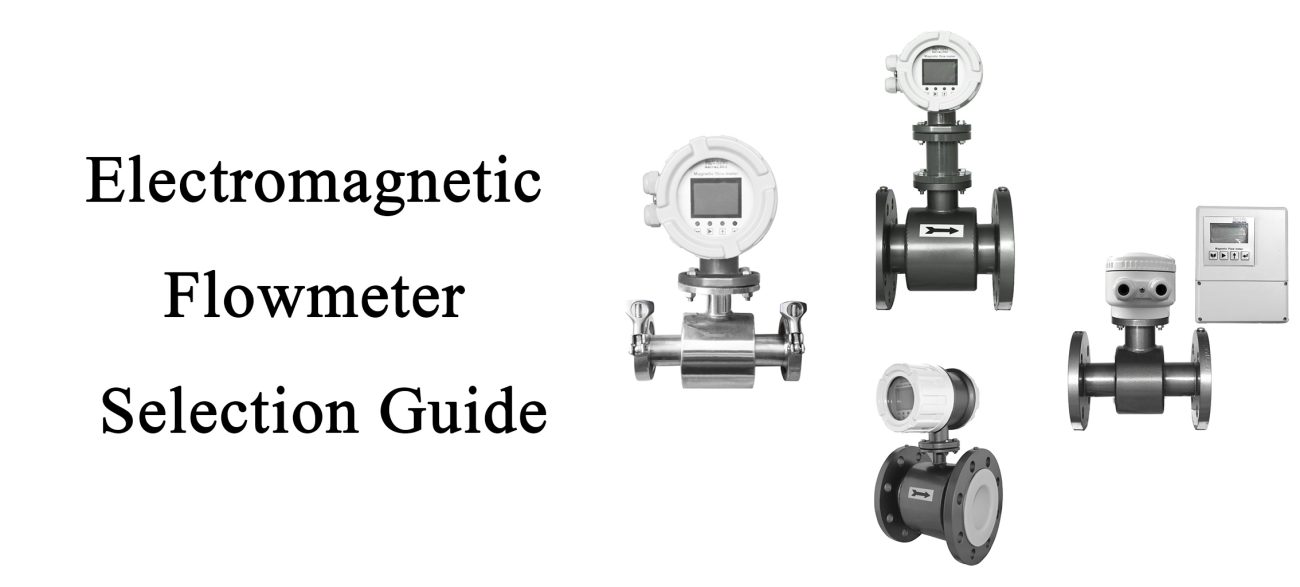

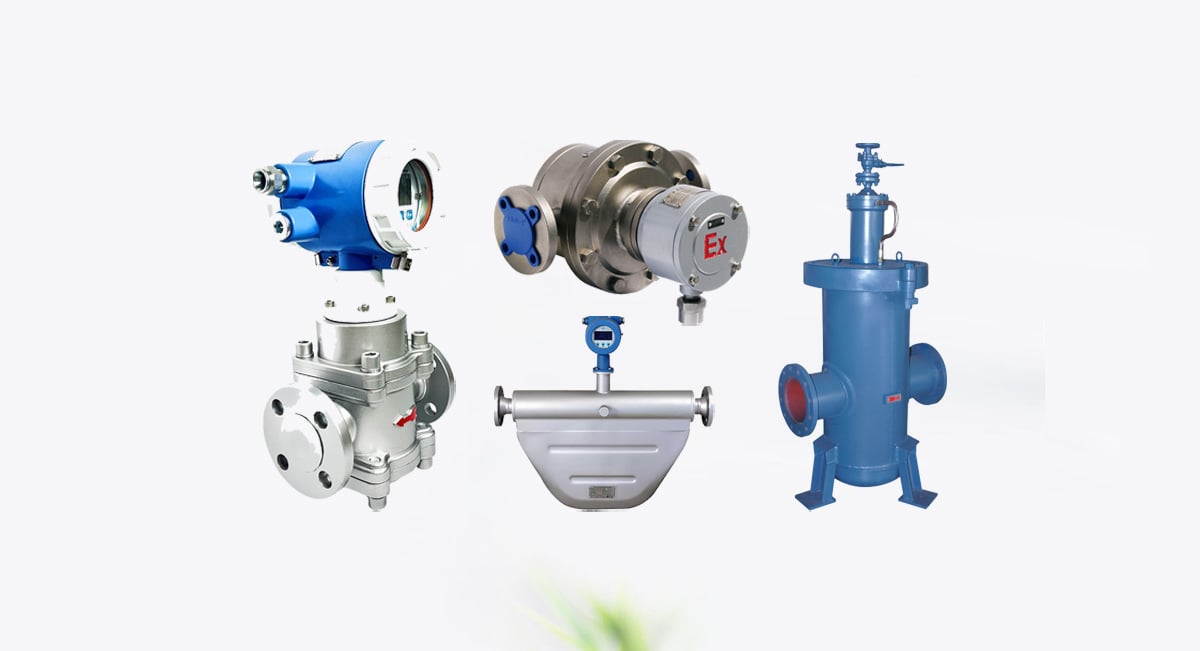
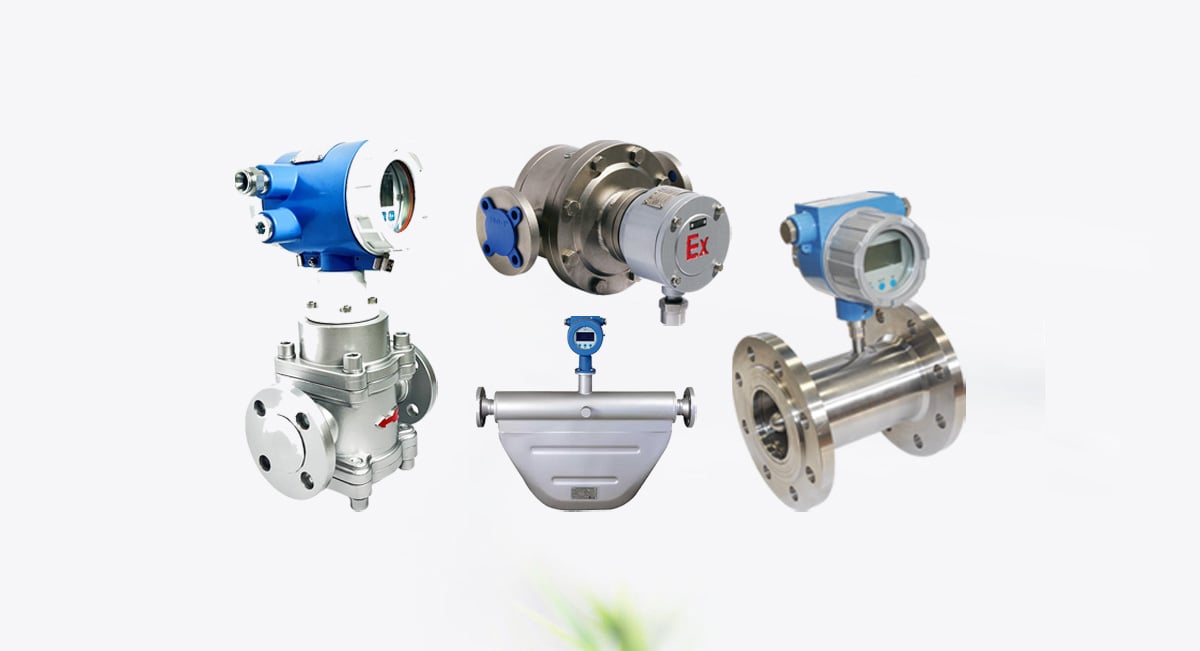
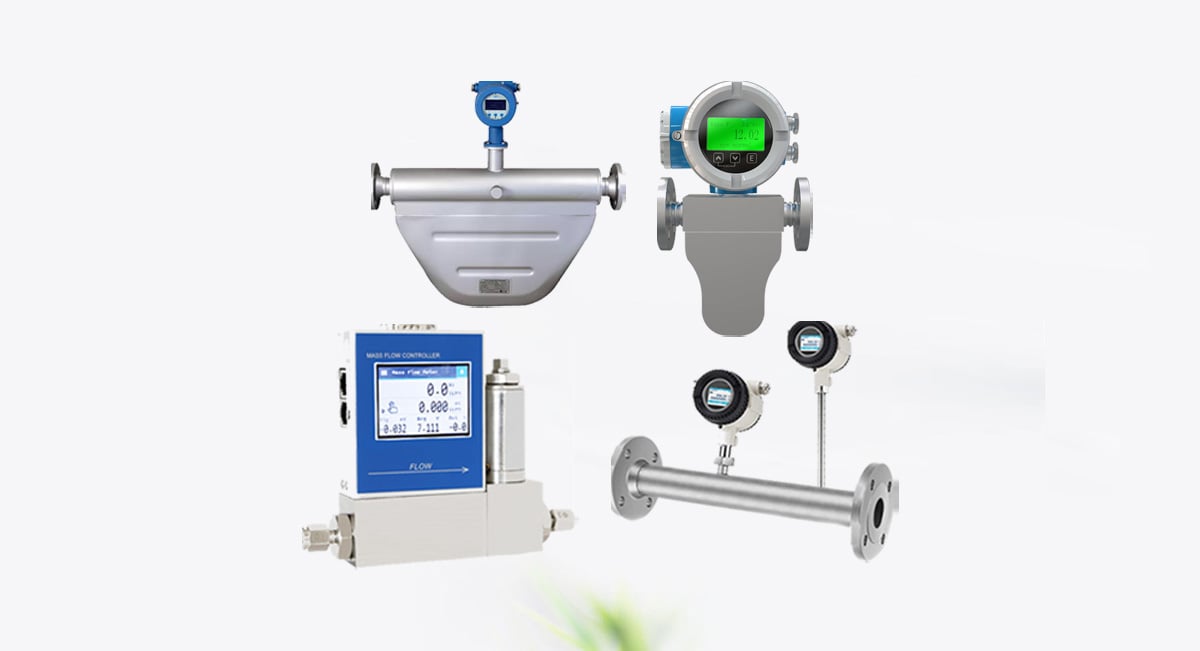
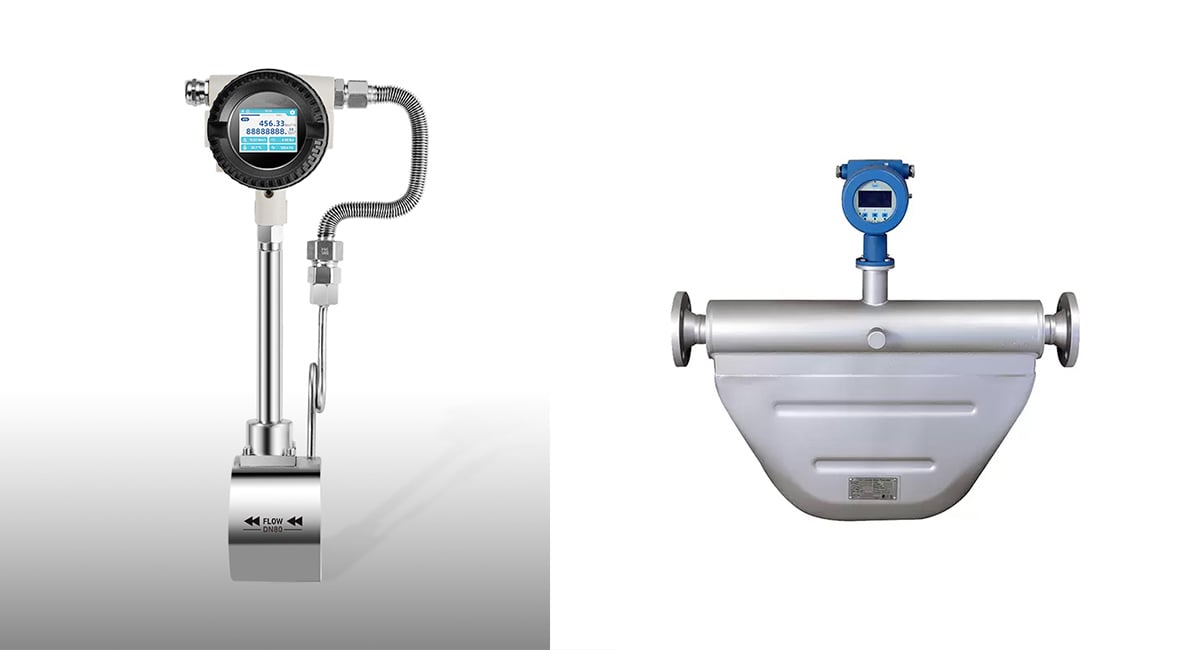
اترك تعليقاً